
The lights went out for nearly 8 hours last year for the average electricity customer in the U.S. as the number of hurricanes and other major weather events rose, the U.S. Energy Information Administration said.
The average cumulative outage of 470 minutes was about double that of the year before, and the EIA analysis said that most of the rise could be attributed to major weather events. Excluding the big storms, the length of interruption in service was about 2 hours in both 2016 and 2017.
Maine was the hardest hit state in the country. An average customer there lost power three times for a total of 42 hours in 2017. In one wind storm in October 2017, some 500,000 Maine residents were without power. In some areas, power was not restored for 10 days.
Florida showed almost the same number of hours of lost electricity as Maine, at just under 40 for the average customer. New Hampshire, Georgia, and Vermont rounded out the top five in the country.
The average for the U.S. was less than 10 hours, although some states recorded many fewer than that. The District of Columbia had the most reliable grid last year, recording outages of just 58 minutes for the year.
Puerto Rico experienced the longest blackout in U.S. history after the island was struck by Hurricane Maria, but the EIA said that its analysis does not include data from that event.
More severe storms are coming more often
In Maine, New Hampshire, and Vermont, the EIA said winter storms were to blame. In Georgia and Florida, hurricanes were the problem. But in charting the data, the analysis makes it clear that severe weather patterns are a major influence.
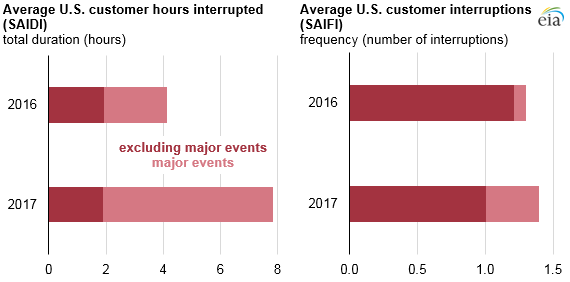
Global warming has been blamed for a variety of worsening weather patterns, including more dangerous wildfire conditions in the West and stronger and more damaging rainstorms in other parts of the country.
Statistics on hurricanes are particularly telling. In the last quarter-century, there have been 16 above-normal hurricane seasons, the most on record, The Guardian reported. Just three hurricanes that struck last year — Harvey, Maria, and Irma — caused a total of $265 billion in damages.
Storms also get worse at a faster clip than they used to. The Guardian‘s report charted the number of hurricanes that met the definition for “rapid intensification” (RI), meaning the maximum sustained winds increased by at least 35 mph in 24 hours. Between 1982 and 1994, there were 10 RI storms on average per year. Between 2005 and 2017, that number had doubled to 20 per year; and in 2017 alone, there were 40 cases of rapid intensification in hurricanes, the most since 1982.
Weekly Newsletter
Get building science and energy efficiency advice, plus special offers, in your inbox.





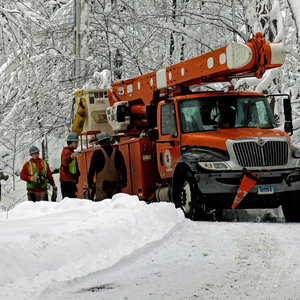
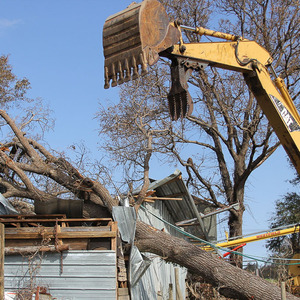
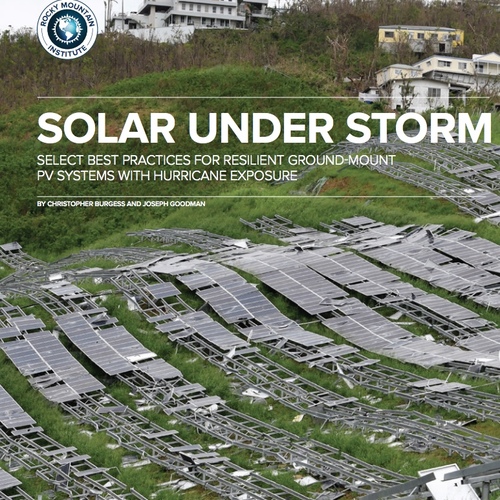
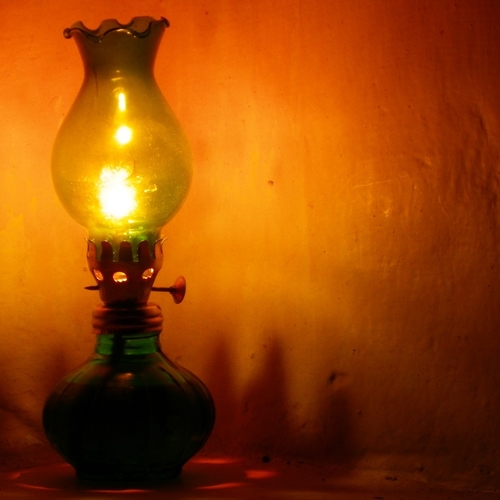






0 Comments
Log in or create an account to post a comment.
Sign up Log in